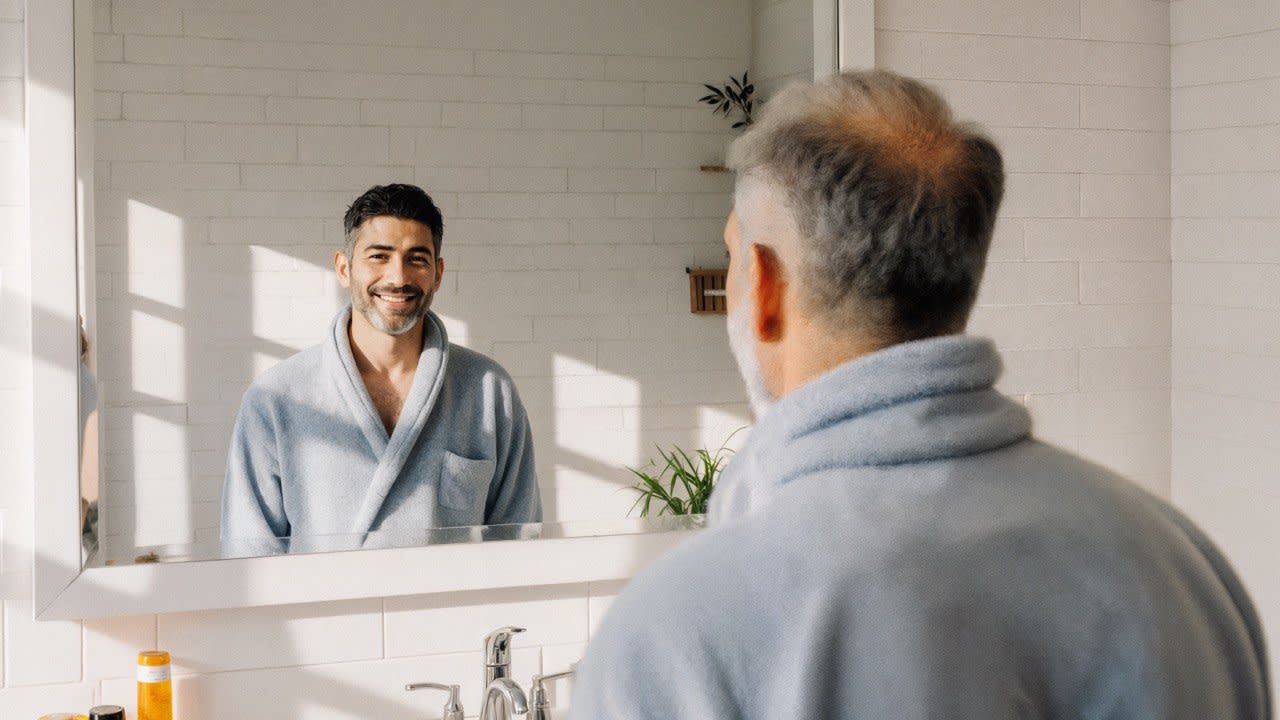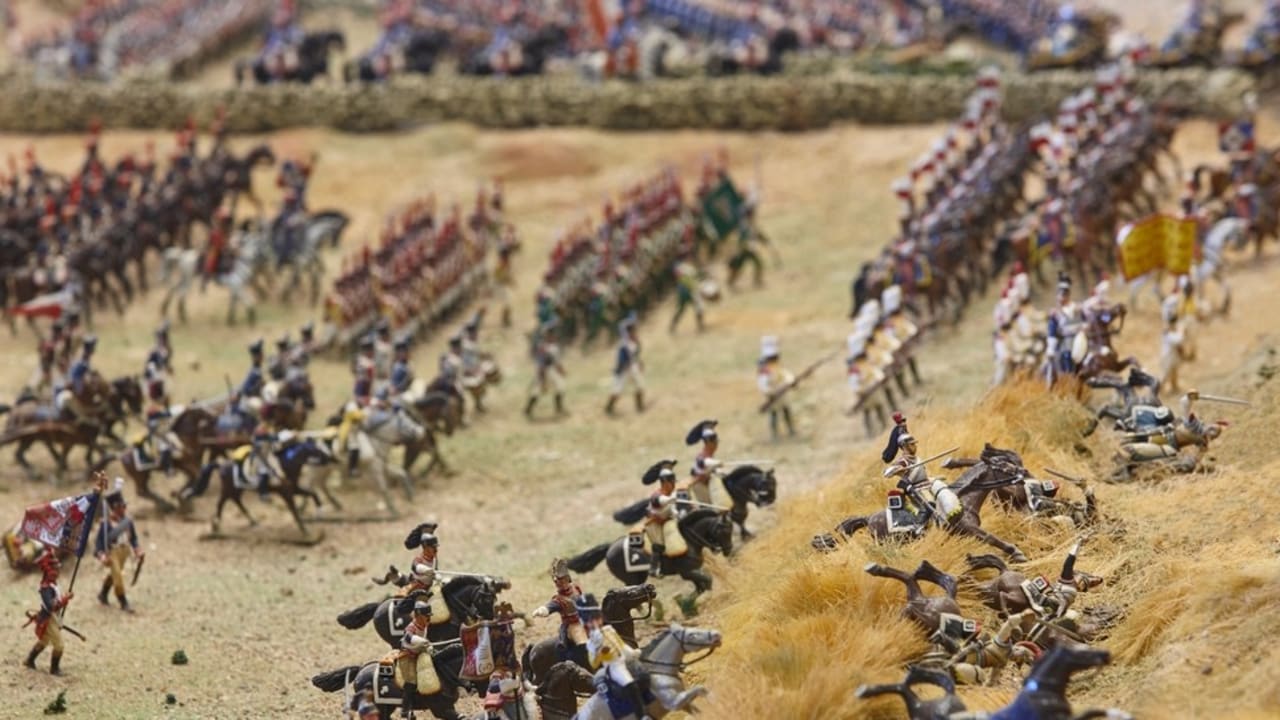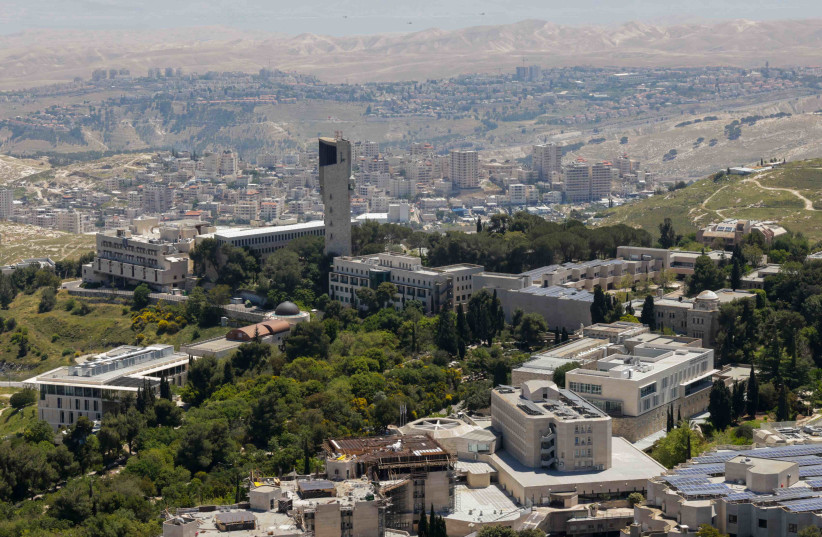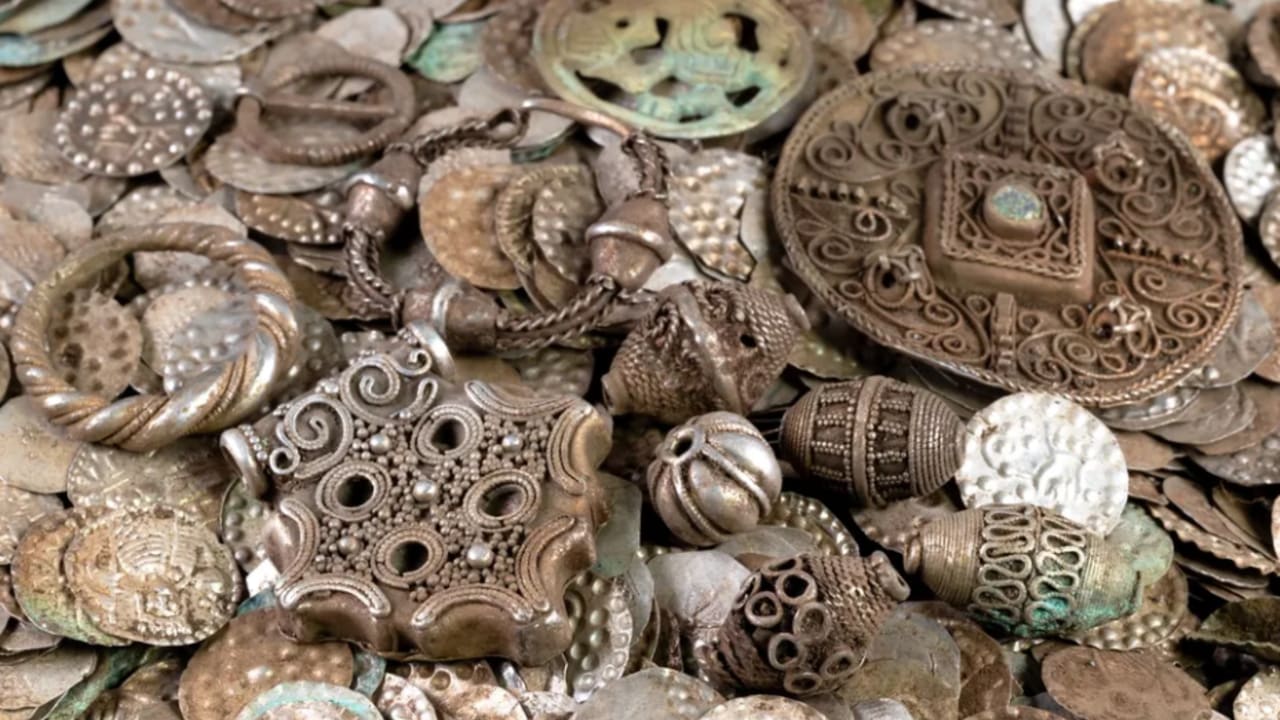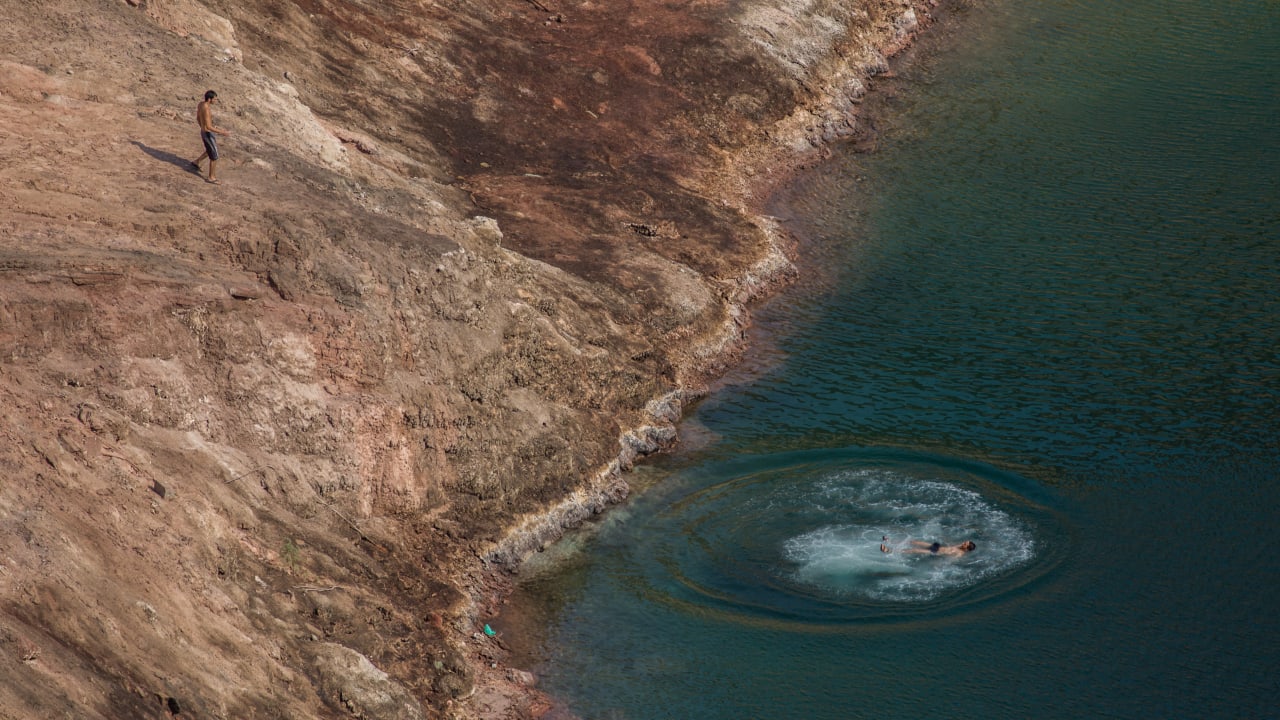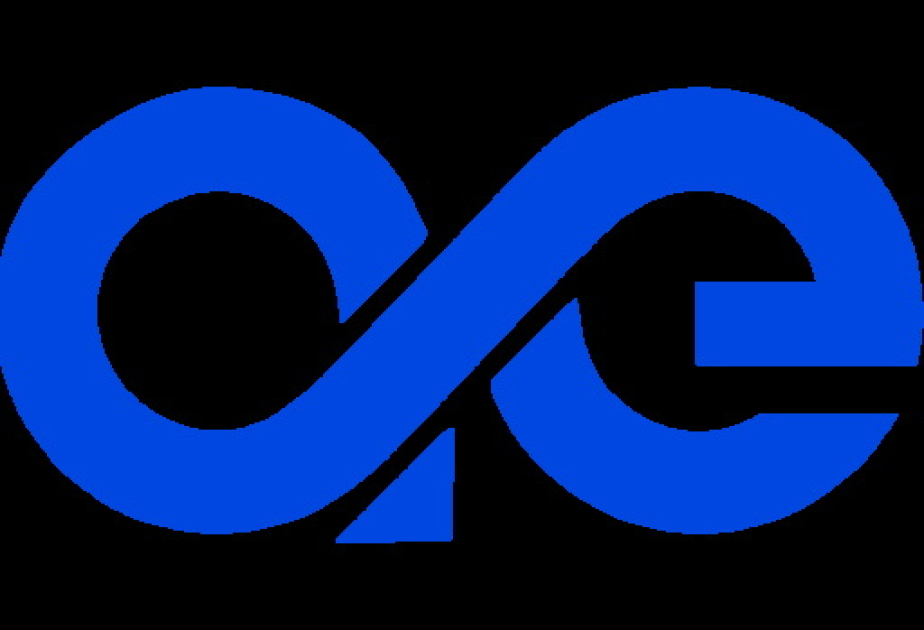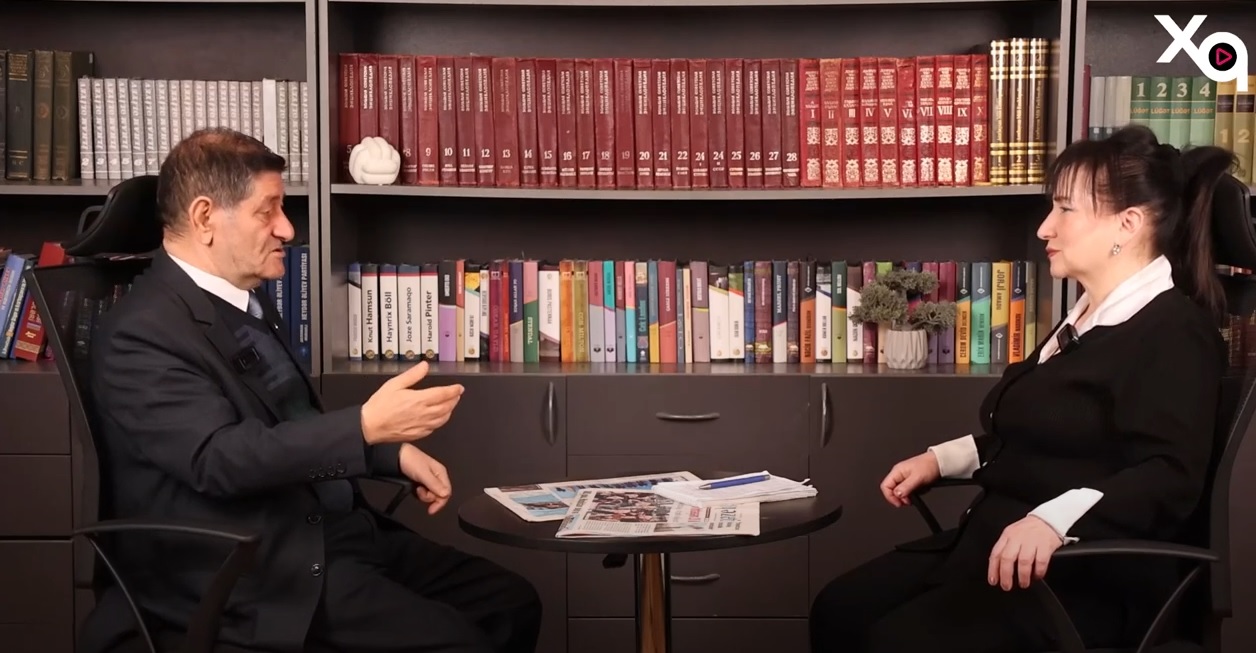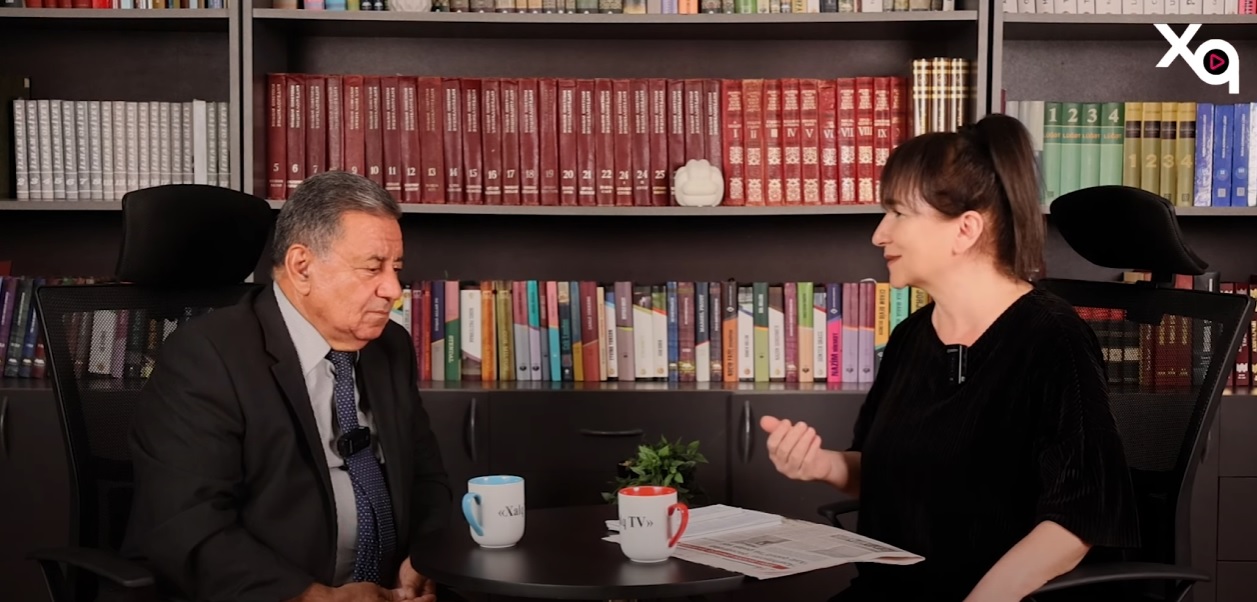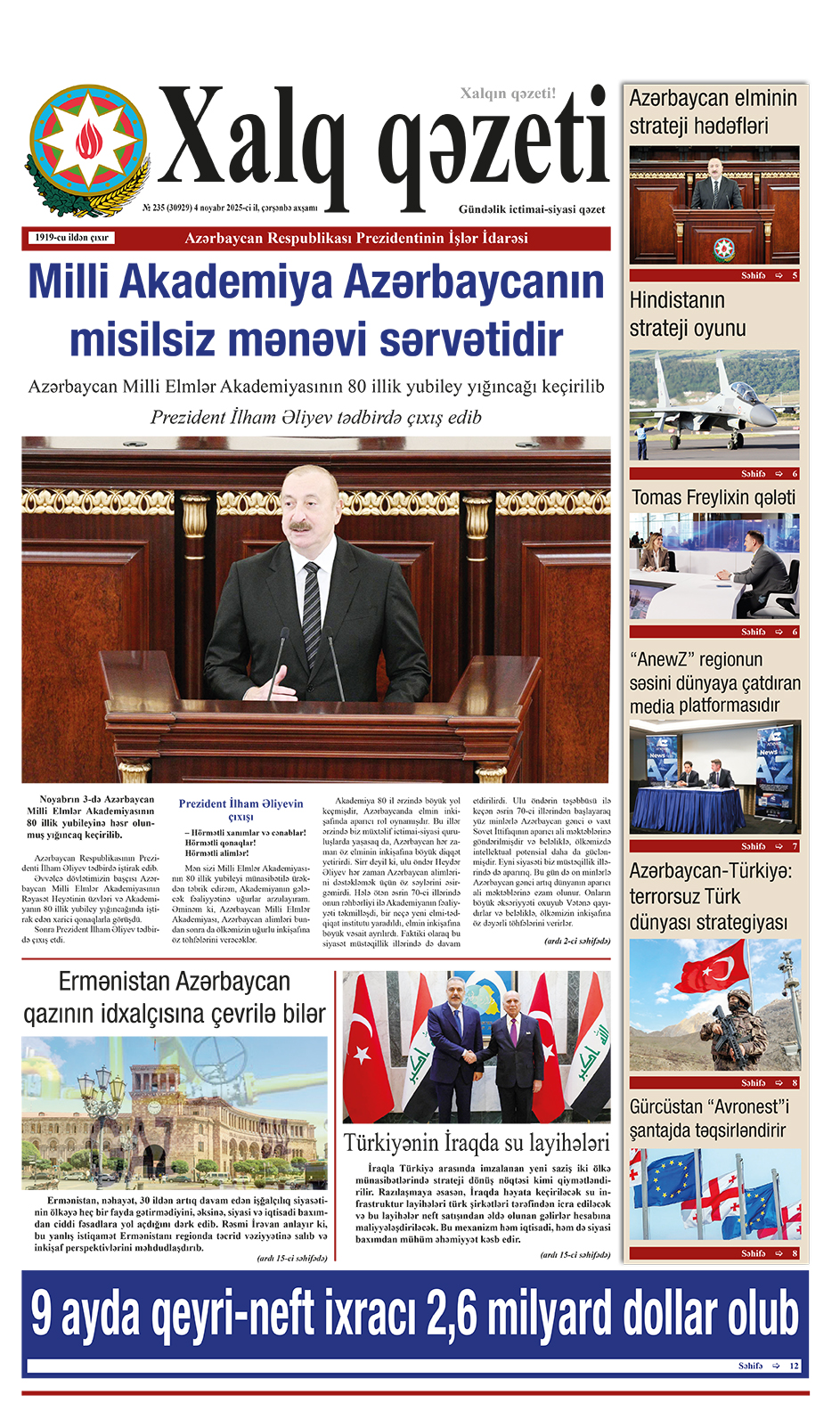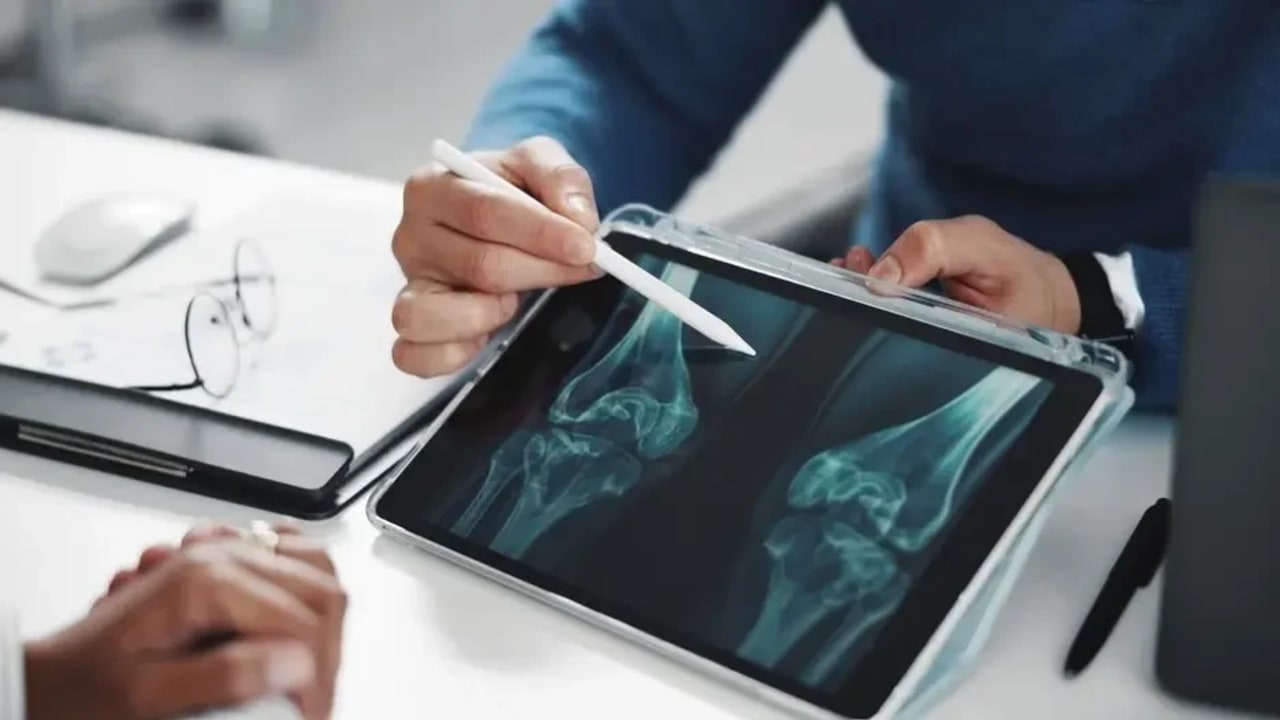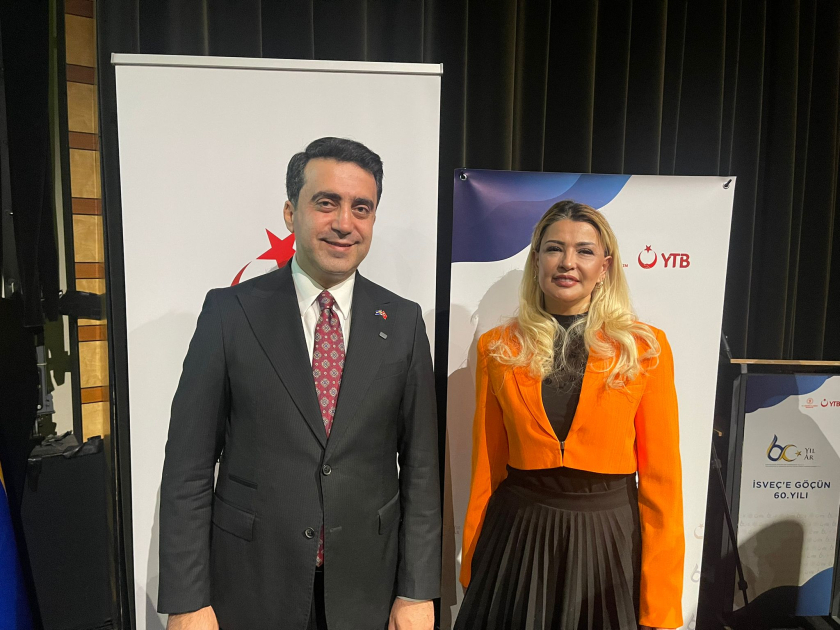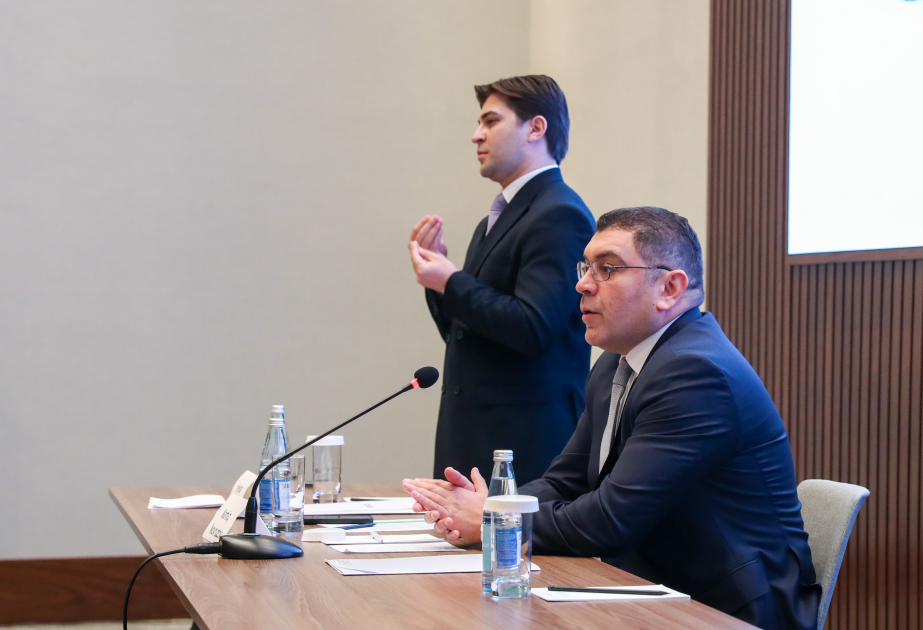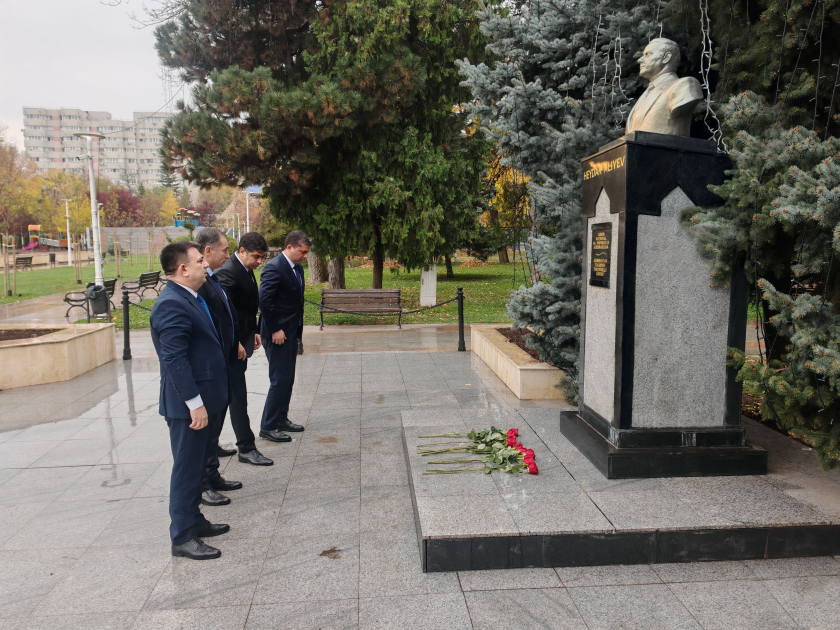Jerusalem Post
ByLADO OKHOTNIKOV
I think many of you have read 19th-century novels with passages about elderly people in their forties… “An elderly yet stately man of about 45 entered the room.” Today we read such lines with a smile, even a chuckle.
Improvements in hygiene, medicine, and living conditions have transformed our sense of age and vitality. What was once seen as decline, we now see as the prime of life.
And this is not just rhetoric: the World Health Organization has officially extended the definition of youth up to the age of 45.
Think about it: the “elderly man of 45” from the past would be astonished to meet his modern peer — carefree, going for an evening run after a full working day. We have changed. We have begun to see ourselves differently.
careers.
But have you ever wondered whether even this is far from our limit?
We have become used to the idea that at a certain age, decline is inevitable: mornings feel harder, energy wanes more quickly, metabolism slows, the back and joints begin to ache. This is considered both a biological and sociocultural norm in today’s society — almost an unquestioned fact.
But what if I told you that what we take for aging is, in fact, simply the result of how we treat our bodies and minds? I know this may sound bold — and if it does, let me share a scientific fact. According to research published in PubMed Central, the leading archive of biomedical studies run by the U.S. National Library of Medicine, only about 25% of lifespan is determined by genetics. The remaining 75% is shaped by lifestyle, behavior, and other non-genetic factors.
Think about that: 75% depends on us.
So what should we do? One option would be to pack a suitcase and move to Okinawa, a Japanese island home to one of the world’s largest populations of centenarians — to embrace their stress-free rhythm of life: cycling through quiet streets, dining on rice and fish, and falling asleep to the sound of the ocean. And we would not be entirely wrong. In fact, one study has shown that stress shortens telomeres — the protective caps of our DNA — accelerating both aging and death.
And yet, few of us can change our lives so radically — and perhaps we don’t need to. We live in a unique moment when cutting-edge technologies allow us to piece together a complete picture of our health. Not just “health in general,” but the unique story of our own body. Artificial intelligence can now process vast amounts of medical data in seconds, detecting patterns invisible to the human eye.
Imagine having a true health map in your phone: not a scattered file of random test results, but a clear navigation system for your body. This map would integrate your genetic data and medical history, update in real time, and reflect what is happening in your body at this very moment. Sounds futuristic? And yet, such tools are already beginning to appear.
And that is only the beginning. Technologies like the “digital twin” could act as our virtual test subject — forecasting how our bodies would respond to a new diet, lifestyle change, or supplement, without us having to experiment blindly on ourselves.
This is not about biohacking or trying to outwit time. No technology will ever succeed if we, as humans, do not learn to listen to ourselves — to what we truly need — and to be merciful with ourselves and with others. Yet modern times are giving us tools we can use in our everyday lives. Today, we can seek wisdom in Tibet, or we can discover it in the silence of our own living rooms.
And perhaps we might actually borrow something from Tibetan monks. They believe that our true, happy self always exists, like the sun behind the clouds. All we need to do is part the clouds and see it.
Isn’t that beautiful — and deeply reassuring?
I dream that each of us may one day see that sun, and live a life both happy and meaningful. Because in the end, what we truly need is time to make it happen. That is what I believe in — and what I work on every day of my life.
This article was written in cooperation with lado okhotnikov


